Raising the Tempo
Creative vision, worldbuilding and the bigger picture of reigniting the contemporary dance scene in Aotearoa are driving forces behind this year's talent-packed TEMPO Dance Festival.
Written by
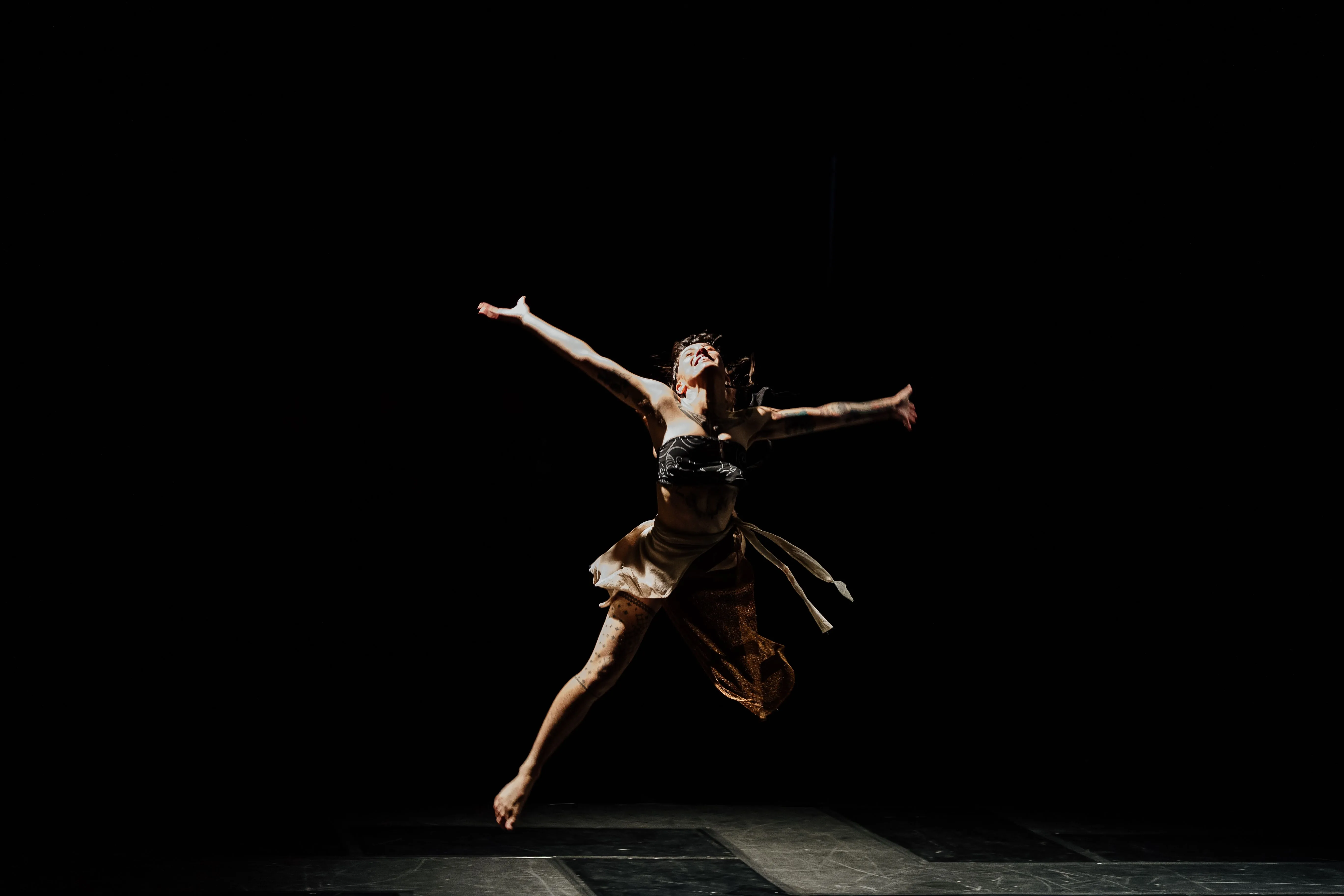
“My biggest desire is to revitalise and infuse positivity into New Zealand’s dance community.’
Artistic Director/Guest Curator for this year’s TEMPO Dance Festival (running to 20 October) and proud Ngāti Tūwharetoa man, Moss Te Ururangi Patterson has a vision.
This year’s curation plays with both the familiar - a vibrant celebration of dance, housed at Q Theatre in the middle of Auckland’s arterial Queen Street - and the distinctive, as Patterson is one of a passionate number renewing focus on rejuvenating the New Zealand dance sector, following the pandemic.
“It’s a massive job,” he adds, “and one that I feel honoured to take on, to give dance in Aotearoa the boost that it needs.”
Patterson was also appointed last year as the Chief Executive and Artistic Director of The New Zealand Dance Company, as former Artistic Director of Atamira Dance Company and New Zealand Arts Laureate in 2020. He also has 25 years of dance performance and choreographic experience behind him both nationally and internationally so is well positioned to bring TEMPO into a new era of vitality.
Patterson takes care to mention that many of the artists in this year’s curation have been working passionately both nationally and internationally on their dance works for years, and that this year’s showcase is the “glow up moment” of their endeavours - an opportunity to showcase the highest quality of New Zealand dance.
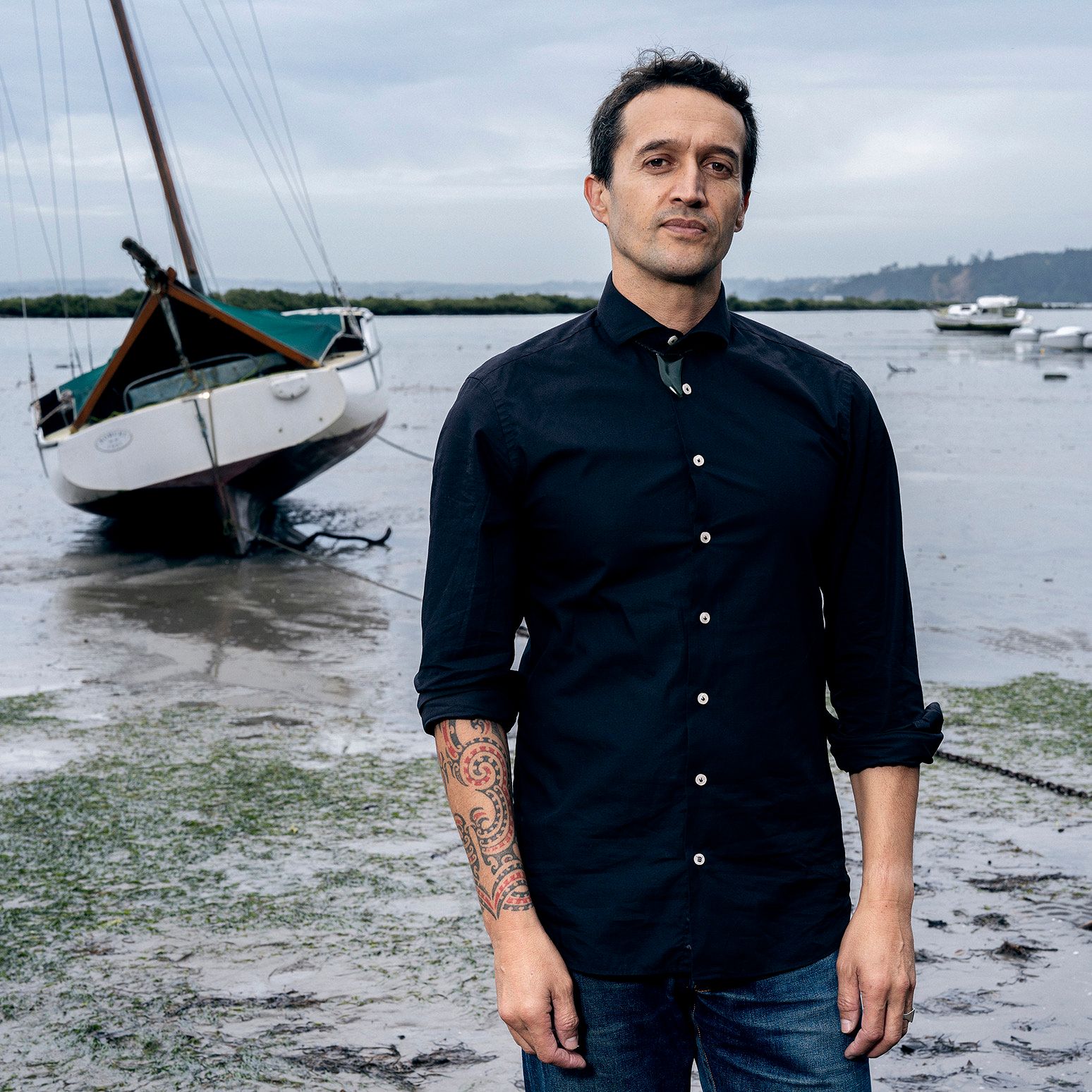
Patterson - who originally studied physical theatre in Dunedin, before moving to Auckland to study dance at Unitec - vivdly remembers the Kiwi dance scene in the 80s and 90s. “There was a real sense of camaraderie, a symbiotic way of supporting each other then,”
Camaraderie and symbiosis is the secret formula in his curation of TEMPO 2024, as he has held on to that feeling that “together, through the arts, anything is possible”. All this despite the trials and tribulations of a global pandemic, persistent cuts to and neglect of the arts in local and national agendas and a cost of living crisis that makes drawing audiences into live performance more challenging.
“For the last few years, a lot of New Zealand’s luminary dance artists have been forced to work in silos or go overseas for success… I want TEMPO 2024 to be a moment where we can come together and hopefully build a strong culture for dance again… this is not a one-off,” he stresses.
At its core, Patterson’s curation this year promises to platform storytelling in the community. "Everyone has a story or a connection to a place," he states. "My particular story is informed by my connection to Lake Taupō and, knowing that for myself, I know other creatives will have deep connection and affinity with their own turangawaewae too."
He hopes that this year’s festival will create space for audiences and dancers to take a moment to enjoy and hear others’ stories to “increase our understanding and capacity to hold space for others,” which (he points out) in busy urban life is “not always the default”.
A closer look at at a selection of the shows on TEMPO 2024’s programme illustrates this vision in action.

Ross McCormack’s Matter, part of a RUA (a double bill with Louise Pōtiki Bryant on 17th and 18th October) delves into human obsession within a surreal landscape.
“The set and design elements of the production came first,” McCormack says, adding that “spare dance sets are not my buzz.” For this production, McCormack severs the stage with objects, notably signs and street poles, that “create their own little worlds with the dancers”. McCormack says he enjoys “seeing how long the audience can be engaged before the ‘dancing’ even begins,” qualifying that he is most interested in “world-building, not just dance for dance’s sake."
The choreography, he explains, is co-curated with the dancers, and though he has staged Matter before, each performance is different, as the dancers “interact and create worlds within the set in a magpie-like fashion.” McCormack poses an existential provocation as he asks audiences to consider the autonomy of the set; “the world was here before we encountered it, and made meaning of it,” he avers.
Matter’s counterpart for the RUA double-bill is Pūheke, a new solo work, by Louise Pōtiki Bryant.
The work, she says, explores her personal experience of Obsessive Compulsive Disorder/Māuiui whakaauau, and self-healing practices using the movement and whakapapa of water, or Pūheke (flow). She describes her choreographic process for this work:
“I allow my intrusive thoughts to flow in time with each movement of my tinana, like slit being carried by an awa downstream from the maunga to the moana. Over time my thoughts transmute into choreography.”
Like McCormack, Pōtiki Bryant invites audiences to consider what it means to be human in a world both outside of and within our creative forces, in transformational ways.
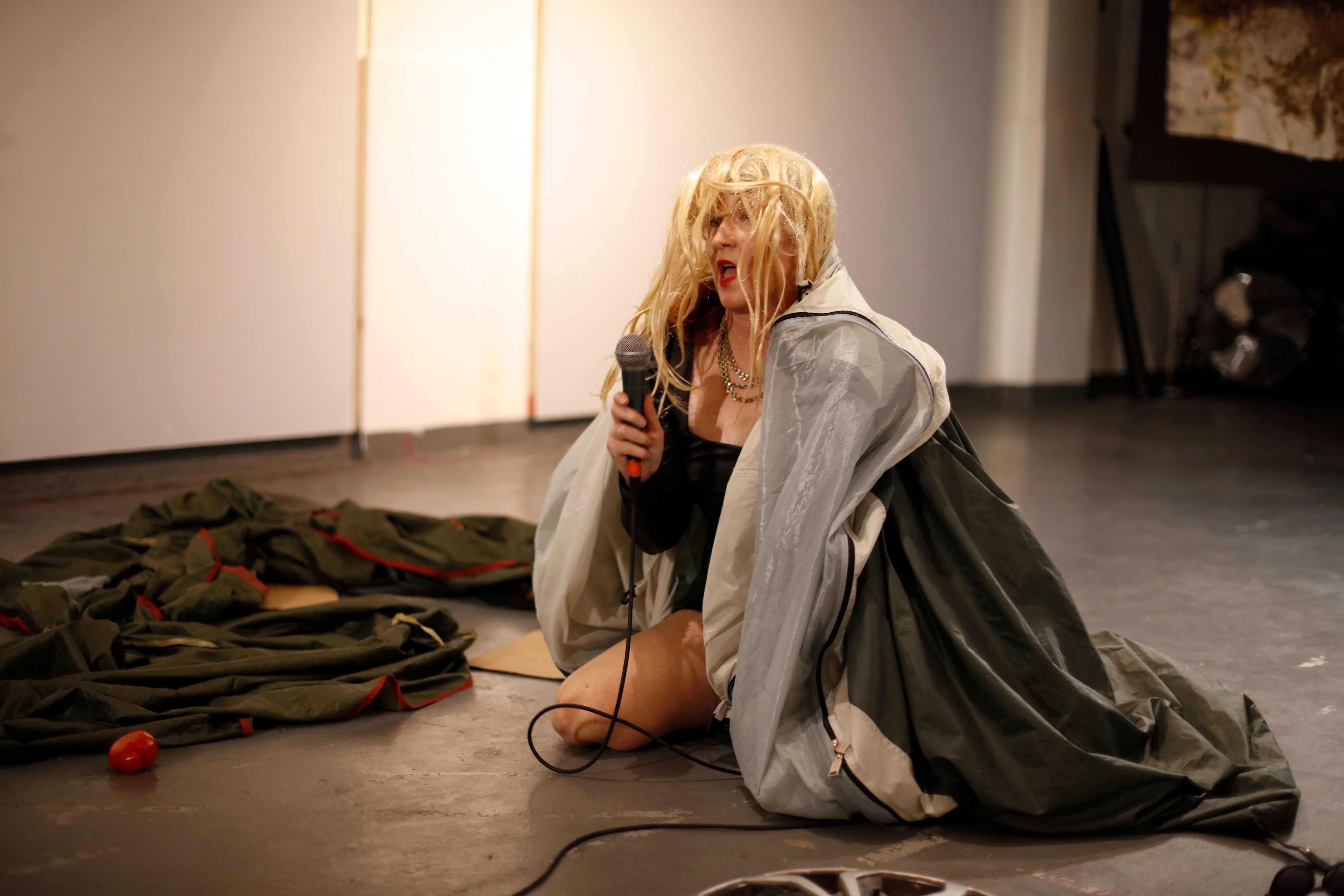
Alexa Wilson (a New York based New Zealand choreographer) is also presenting her solo show, IN/TENSE on 17th and 18th October, in which she uniquely collaborates with AI as “thematic experts” to co-create the performance.
Using Donna Haraway’s theory of kin-making across species (between both human and non-human entities) in an attempt to remedy critical humanitarian issues such as refugee crises as a backdrop, Wilson interviews AI after the choreographic section of the performance.
One pivotal question, she poses, is “what does it mean to be vulnerable?”, which yields intriguing results. “There’s a little bit of chaos,” Wilson says, “and a little bit of solace… ultimately I’m exploring Ram Dass’ saying that 'we are all just walking eachother home.'” Again, the thematic impulse towards story and connection is palpable.
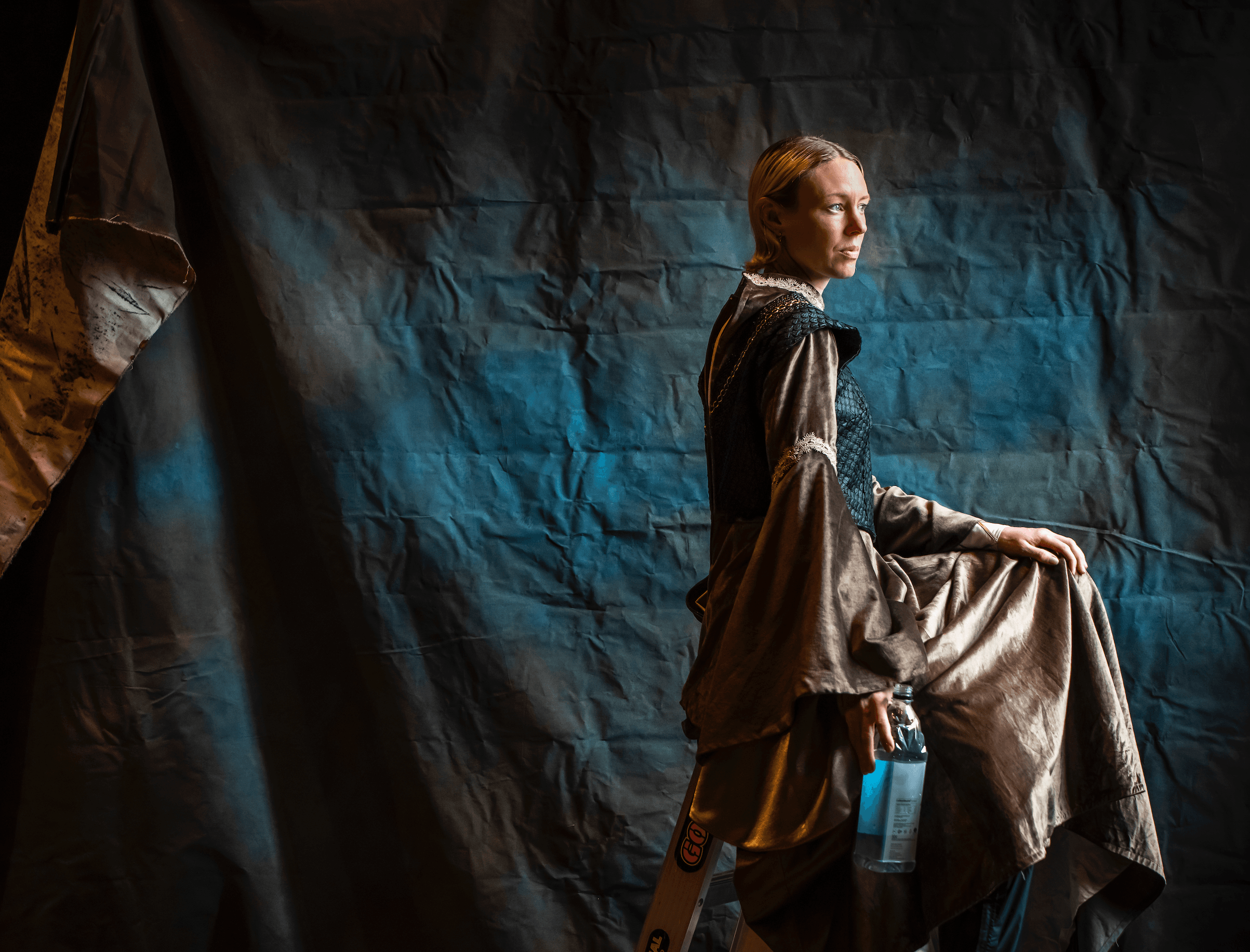
SLIP, on 19th and 20th October, by Rebecca Jensen - an NZ born artist based in Melbourne - is a remount of a work that saw her nominated for the 2022 Keir Choreographic Award.
It is a capricious and captivating duet between dance soloist, Jensen, and sound artist/ composer Aviva Endean. When asked which came first, score or choreography, Jensen says it is a case of “chicken and egg” as both elements are “integral formatically to the work, and in symbiosis.”
Jensen and Endean use Foley sound effects as a critical layer in the work, to probe the interface between artifice and the “real thing”. Jensen uses this backdrop to comment on the layers of unreality in the contemporary world, “with production lines, post-truth and deep fakes” and invite audiences to consider ways in which we might be “falling away from our personal sense of belonging in the natural world.”
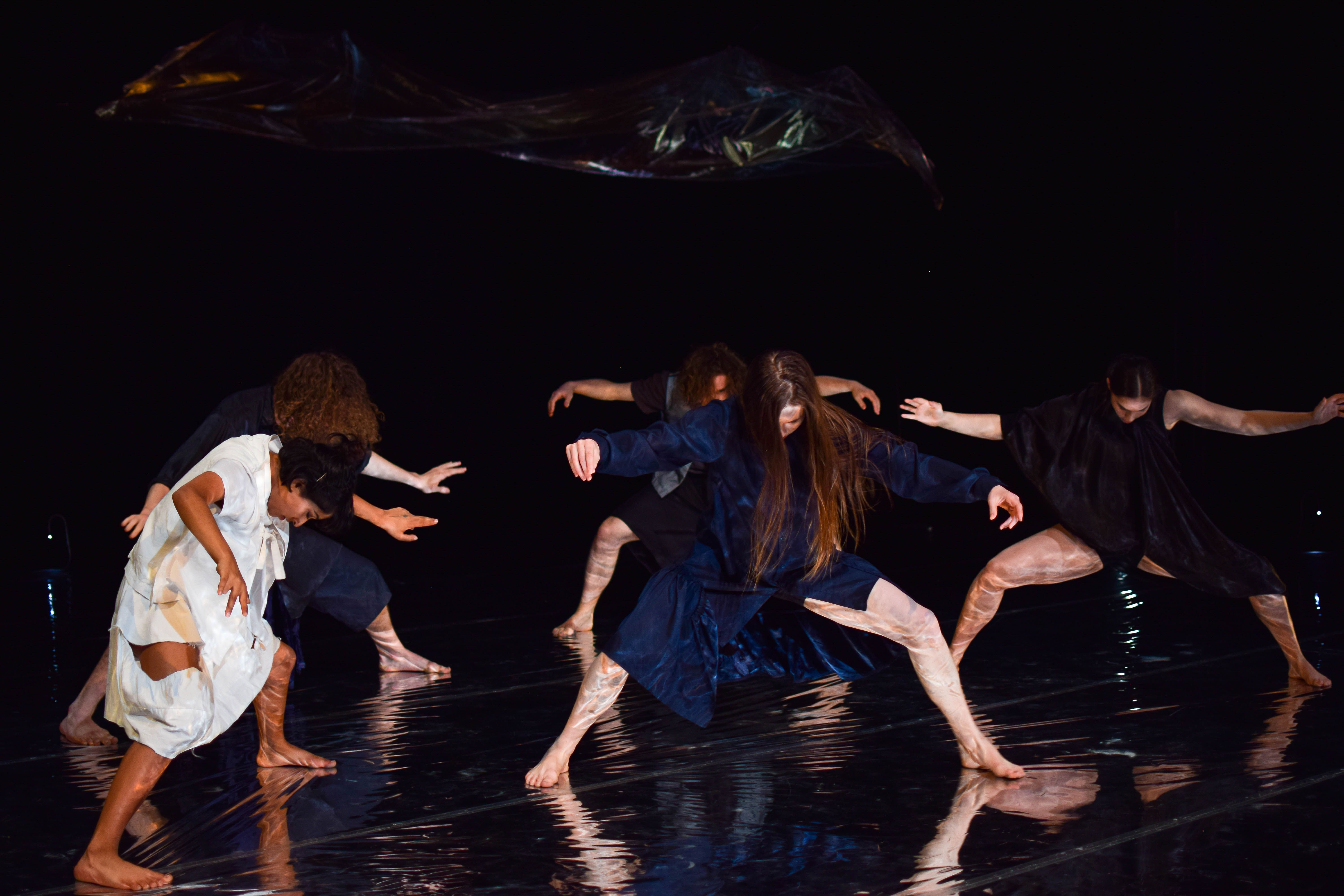
One of the final, and perhaps most cross-cultural, performances of the programme for 2024, is Thin Paper, Autonomous Synapses, Nomads, Tokyo(ing). This production is a collaboration between Footnote Dance Company and Japanese choreographer and spoken word artist, Kota Yamazaki 山崎広太, curated between their respective cities of Wellington and Tokyo.
The production has recently been performed over in Tokyo with Yamazaki as the lead role, and guest artist Sean MacDonald was able to work with him closely to perform his role at TEMPO. Yamazaki described the work as hugely complex thematically but essentially about “the adoption of the direction of disembodiment.” The lines of movement and flow emulated through choreography and spoken word in this piece promise to stun and inspire.
MacDonald echoes– enigmatically– “it’s about cells, the cosmos, you have all these people, responding or not responding to each other, existence, autonomous and synapses - gap where they pass - impulses - moments of interaction and - questions of existence - it is rooted in both the lofty and the mundane".
Through a collection of creative directions and worldviews, this year’s TEMPO is a wonder-inspiring, life-affirming experience that will both comfort and challenge audiences - and add another step towards reigniting the vivacity of New Zealand’s contemporary dance scene.